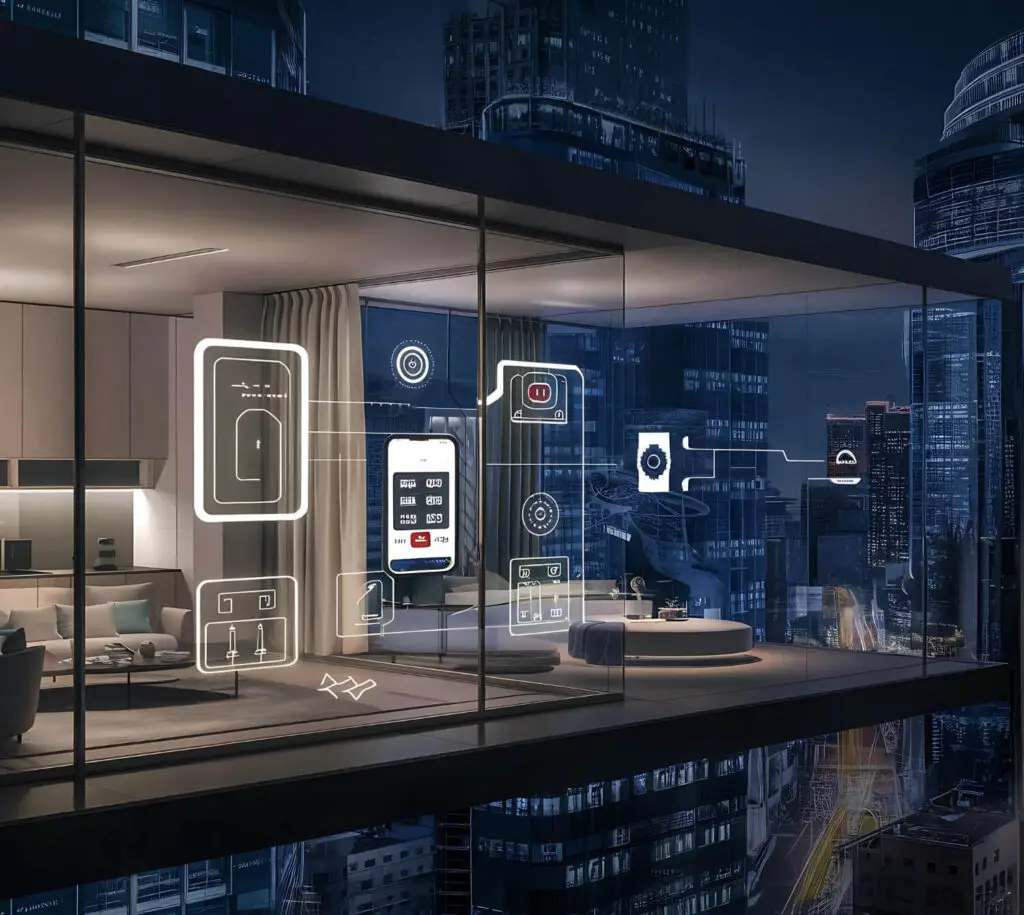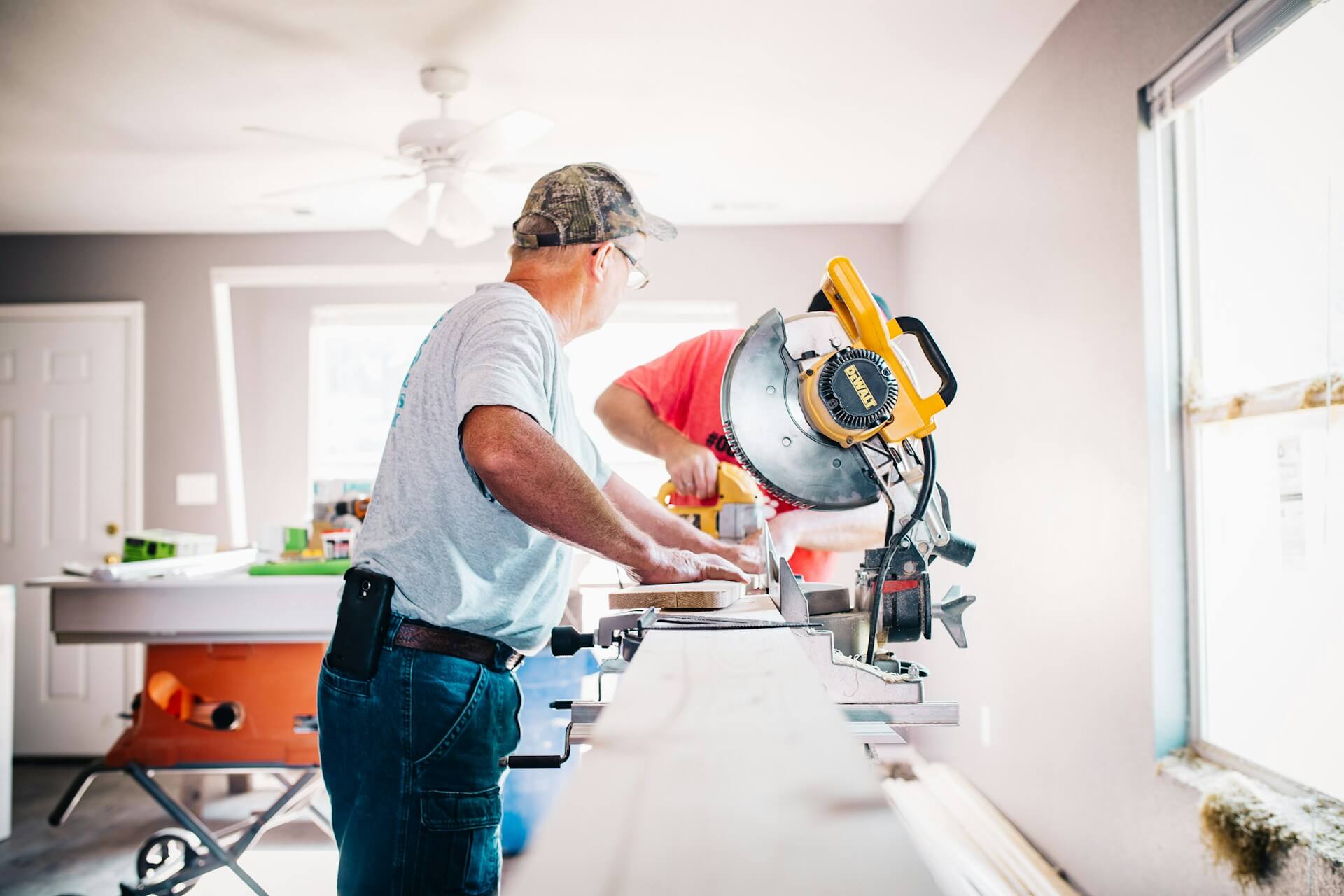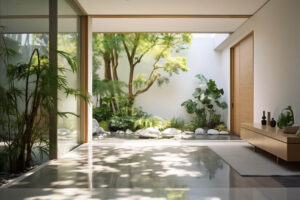Renovating your home is an exciting venture that allows you to infuse your style into both the interior and exterior spaces. It’s not just about renovation for the sake of improvement. It’s about creating a space that resonates with your personality while enhancing the functionality of your home. Whether you are looking to make small upgrades or planning a full-scale renovation, there are various elements to consider that can significantly boost your home’s aesthetic appeal and value. This article will deliver several renovation tips that encompass design, functionality, and techniques for achieving a style that fits your vision seamlessly.
Assessing Your Home’s Current Style
Before plunging into any renovation project, it’s vital to take a step back and assess the current style of your home. The architectural design and decor elements dictate which style resonates well with your space. Take note of the central architectural features that can be preserved or enhanced. Historical homes may benefit from restoration rather than an overly modern approach. Knowing these details helps maintain a cohesive look both inside and outside.
Don’t overlook aspects like color schemes and materials currently present in your home. This assessment indicates what renovations can be implemented without diminishing the character of the house. If your home is predominantly rustic, consider wooden features, but if it leans toward modern minimalism, sleek finishes would work best. Establishing a clear understanding of your starting point avoids unnecessary costs associated with conflicting styles.
Creating a Cohesive Design Plan
Once you have an idea of your home’s existing style, the next step is crafting a cohesive design plan. This plan will serve as the blueprint for your renovations. It’s vital to blend functionality with aesthetic appeal, ensuring all elements work in harmony. Consider primary spaces first, like the living room and kitchen, by selecting colors, materials, and fixtures that complement each other. Having a theme in mind helps to streamline your source choices and keep everything coordinated.
In creating a cohesive design, remember that different areas in your house do not need to look identical, but they should share common elements. If you use a particular wood finish in the bathroom, consider incorporating that wood tone somewhere in the living space as well. Each design choice contributes to the flow and style of your home, enhancing the feeling of unity throughout your living environment.
Selecting Quality Materials
Quality materials play a significant role in determining the longevity and value of your renovations. Investing in higher-quality materials often means a higher upfront cost. The long-term benefits can outweigh the initial expense. Consult with roofing experts to explore durable options that can withstand local weather conditions, but don’t stop there. Whether you’re upgrading flooring, windows, or insulation, selecting reliable materials across all areas of your home can improve energy efficiency, reduce maintenance needs, and boost property value.
For interior elements, hardwood flooring and high-end appliances can elevate your home’s look while providing durability and efficiency. Outside, materials like brick, stone, or composite decking can resist weather wear and require less maintenance. Make decisions that marry aesthetic appeal with resilience. Each square foot of your renovation is an investment, and choosing materials that reflect your lifestyle will lead to satisfaction in the long run.
Enhancing Outdoor Spaces
Neglecting your outdoor areas is a mistake many homeowners make during renovations. Your outdoor space has immense potential and is often the first impression guests receive. Upgrading decks, patios, and landscaping can dramatically enhance your home’s exterior appearance. Think about adding outdoor seating, perhaps with fire pits or string lights, which can create a cozy atmosphere for family gatherings.
Landscaping is another crucial aspect of outdoor renovation. A well-maintained lawn with vibrant flowers can add color and freshness to your property. Incorporate native plants to minimize maintenance while showcasing natural beauty. It’s a good idea to consider privacy solutions like screens or hedges. Beyond aesthetics, also think about functionality, whether it’s adding walkways or outdoor storage for tools, making it a functional outdoor haven is key.
Incorporating Smart Home Technology
Renovations present a perfect opportunity to incorporate smart home technology into your design. This technology not only adds convenience but can enhance security and energy efficiency in your residence. Smart thermostats, lighting controls, and security systems can be integrated seamlessly into your renovation project without sacrificing style. Having smart lighting options can allow you to adjust ambiance with a simple command, perfect for entertaining or relaxing.

Further integrating smart elements can lay the groundwork for an energy-efficient home. Utilizing technology such as solar panels, particularly if you are replacing the roof, ensures a long-term investment in sustainability. By implementing such upgrades during renovation, you prepare it for future advancements in technology.
Working with Professionals
While DIY renovations can be tempting, enlisting the help of professionals often results in higher-quality outcomes. Experienced contractors offer valuable insights and might point out areas you overlooked. Whether you are working on the layout of your renovation or choosing design elements, professionals can help you make informed decisions that align with your vision. They can ensure that the renovations are carried out seamlessly, meeting safety standards and regulations.
Collaborating with professionals could even introduce innovative ideas that you hadn’t considered. From architects who can sketch unique designs to interior decorators who understand material choices in-depth, tapping into their expertise can enhance the aesthetic of your project. Balancing your vision with their experience allows for a more streamlined and successful renovation process.
Budgeting for Renovations
Every renovation requires a well-planned budget to keep the project on track financially. Establishing a budget before beginning renovations helps prioritize your expenditures between important upgrades and decorative features. Be realistic about what you can afford and include all costs, from materials to labor. This awareness allows for adjustments in scope as necessary without running into financial troubles midway through.
It’s helpful to set aside a contingency fund for unexpected expenses that may arise during the renovation process. While it’s impossible to predict everything that can occur during renovations, like hidden issues behind walls or delays in shipping materials, being prepared for the unexpected will save stress and ensure that your renovations don’t halt due to financial constraints. Transparency and communication with those involved in the renovation process are vital to staying within budget.
Focusing on Energy Efficiency
High energy consumption can significantly inflate your energy bills, making energy efficiency a desirable feature during renovations. Incorporating energy-efficient appliances and fixtures, like LED lighting and low-flow plumbing fixtures, is a great start. You can look into high-efficiency windows that minimize heat loss and enhance internal comfort. Roofing plays a crucial role in a home’s energy efficiency. Consider materials that provide effective insulation properties and reflectivity, reducing heat absorption during warmer months. Better insulation doesn’t just contribute to a more comfortable space. It leads to substantial savings on utility bills.
Renovating your home is more than just a visual upgrade; it’s a chance to create a space that truly reflects your lifestyle while adding lasting value. By approaching each aspect with thoughtful planning, from cohesive design and material selection to outdoor enhancements and smart technology, you ensure your renovation goes beyond surface-level improvements. Working with professionals and maintaining a clear budget allows for a smoother process and more satisfying results. Whether you’re refreshing a single room or transforming your entire property, focusing on both style and functionality will help you build a home that’s as efficient as it is beautiful, inside and out.






